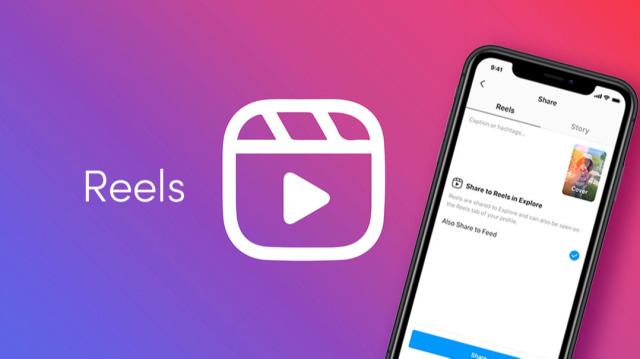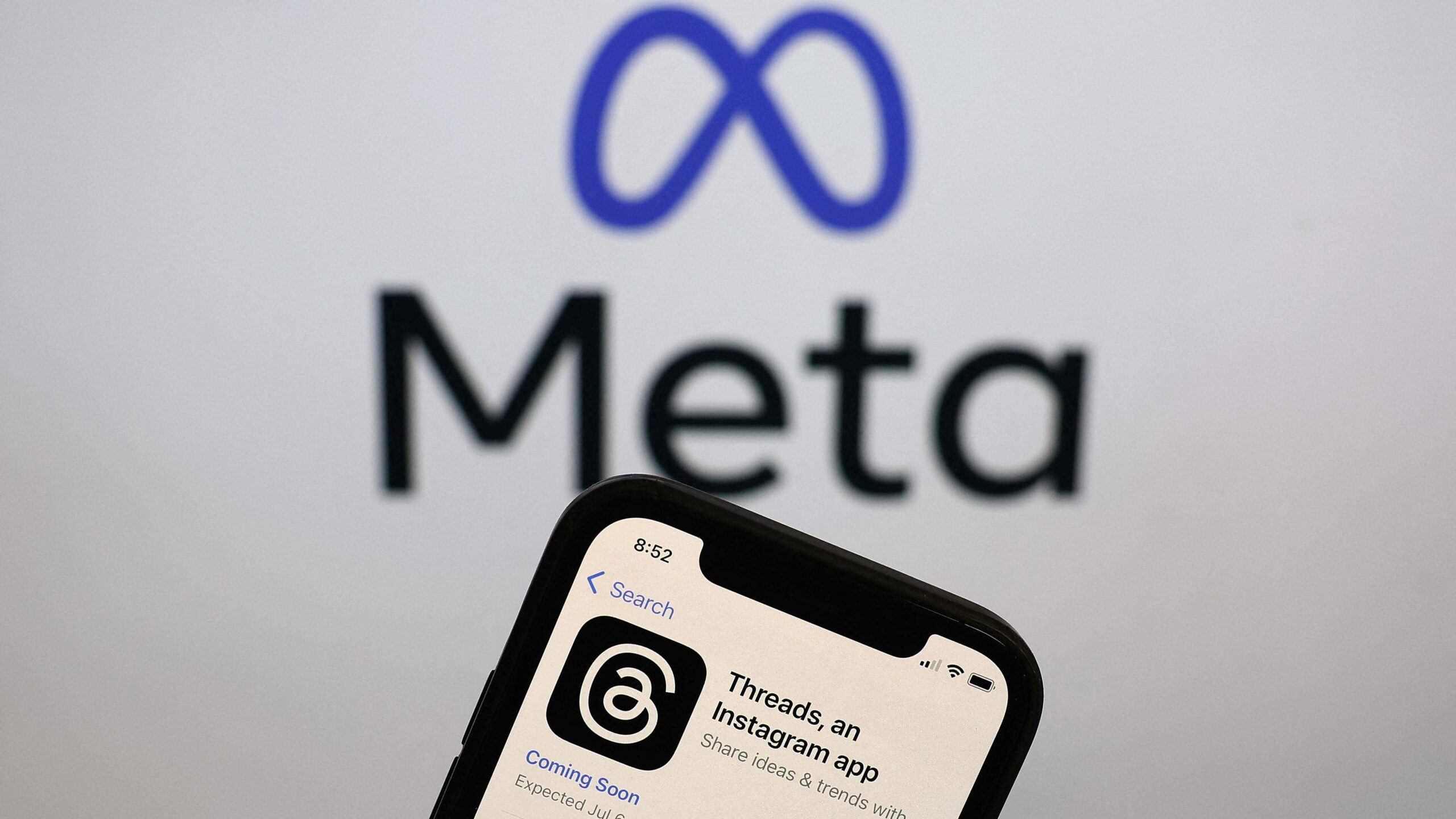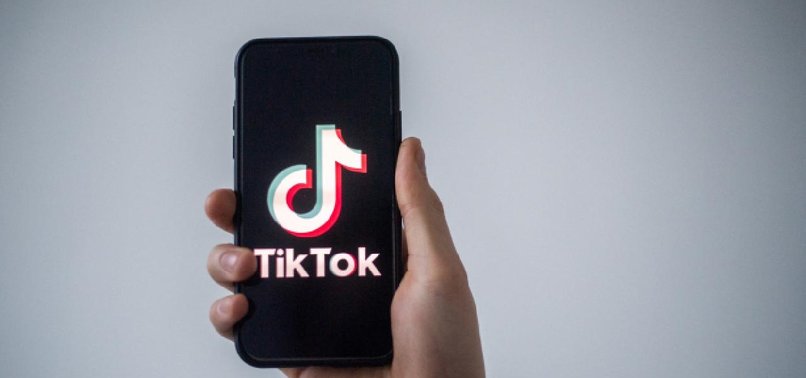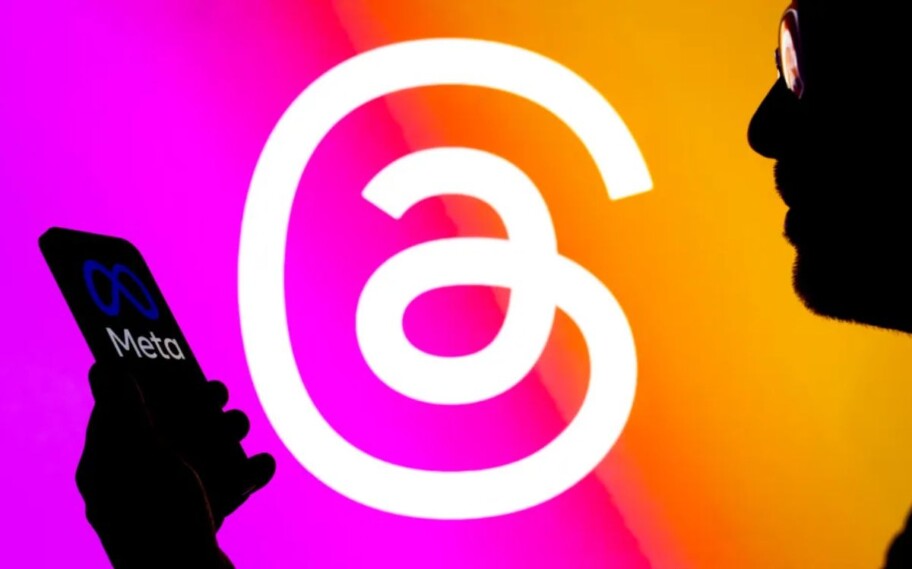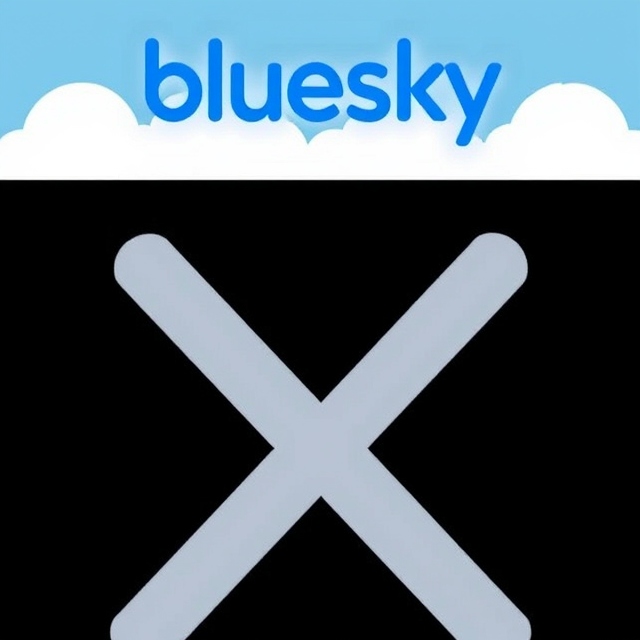Bluesky is a social media site developed to replace Elon Musk’s X, previously known as Twitter. It is becoming popular because many users are dissatisfied with Musk’s modifications to X, such as political shifts, moderating policies, and rising bots. It has about 19 million users, and the app is gaining 10,000 users every 10-15 minutes. Many people are dumping X to join a platform where they would be in charge of moderation.
Due to moderation, user control, and decentralisation, Bluesky overtook platforms with over a million new sign-ups per day.
With Bluesky’s founder, Jack Dorsey, they finally presented an exciting concept of choosing feeds and focusing on community-based moderation, which looks like a saving grace given the growing discontent with X.
Read also: TikTok deletes 12 million videos across Africa, enforces stricter age rules
How does Bluesky work?
Bluesky appears and functions like X, incorporating a text-based feed similar to updates, a reposting feature and the feature to follow other users. Still, Bluesky is unique because it is decentralised, allowing users to host their data on servers other than BlueSky’s servers. Though many users continue to operate with profiles by default, with “.bsky.social” attached to them, the decentralised structure gives users more control over their data and general usage.
What is the background of Bluesky, and who are its owners?
Bluesky was ideated by Jack Dorsey, the co-founder of Twitter, before tech mogul Elon Musk acquired it for $44 billion in October 2022.
Dorsey planned to develop a new social media platform to be the Twitter of the world, but it would operate through a protocol that no one or any authority could control. Dorsey resigned from the project in 2024, and currently, CEO Jay Graber leads Bluesky. The platform is a public benefit corporation, which means it aims to solve societal problems and not make as much profit as possible.
What reasons are people using when migrating from X to Bluesky?
Many users are leaving X due to Musk’s loud support for controversial U.S. President-elect Donald Trump and the quality of content allowed on the platform. Bluesky has undergone a tremendous transition to gaining millions of users as people search for safer and moderated platforms. Moreover, Bluesky is not centred around one headquarters and promotes user protection, which suits those who believe X needs to be more organised and trustworthy.
How does Bluesky make money?
Bluesky does not use advertising like X or any other social media account. However, in the future, it only aims to offer value-added services where users can modify their usernames to match their domain names. This might be how individuals, politicians, reporters, and businesses ensure their accounts are legitimate. Even though the platform is still trying to determine how to make money, it does not rely on advertisement like many other platforms do.
Read also: Orange Egypt injects $52.7M into Africa’s thriving startup ecosystem
The other question that needs clarification is will Bluesky will replace the X.
Bluesky’s scale and features give it an edge, but by now, it has been evident that Bluesky has not yet been striving to become one that is half the size of X’s user base. Bluesky has acquired millions of users; however, X has the largest market share, with around 250 million daily active users. It remains to be seen what is in store for Bluesky moving forward, but the firm’s investment in improving user experience and moderating content suggests that the social media firm is gearing up for a serious run at the big players.
This is why Bluesky is slowly amassing significance as superior to X: users will have more control over the feeds, fewer issues with moderation, and a less centralised platform. As more people leave X for Bluesky, the platform continues to expand and could be the future of social networking, especially given the trends towards larger-scale social control.



